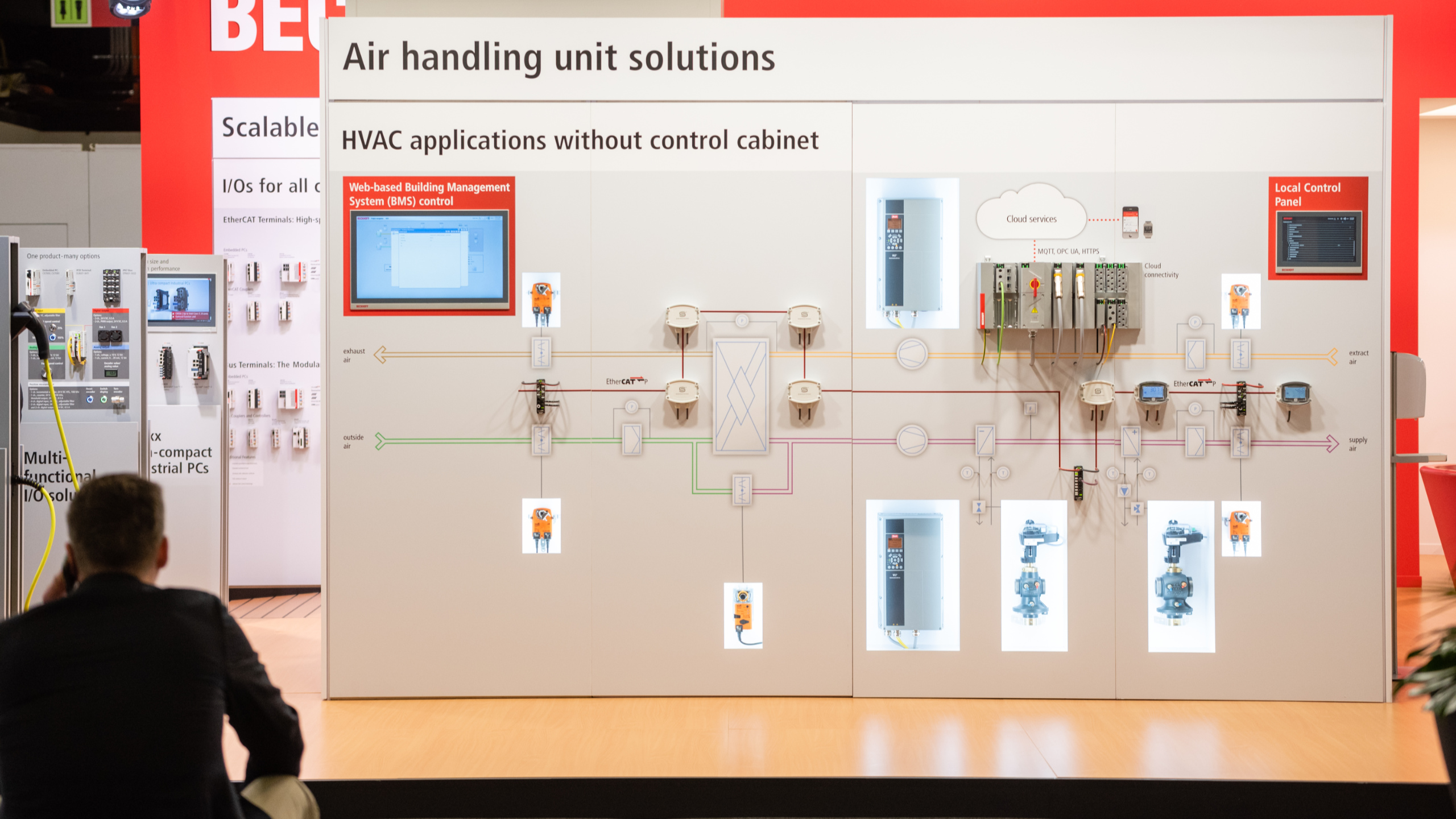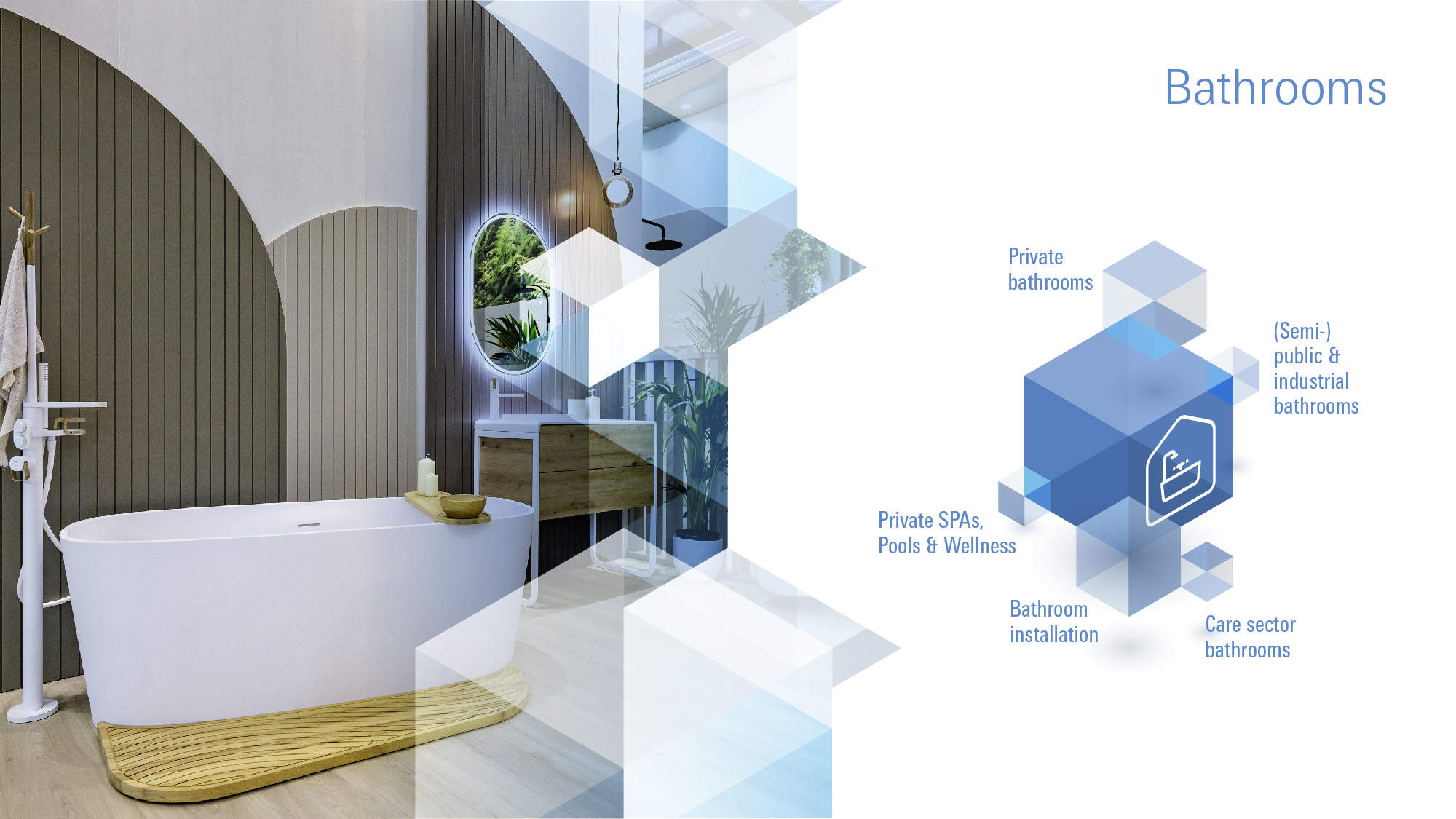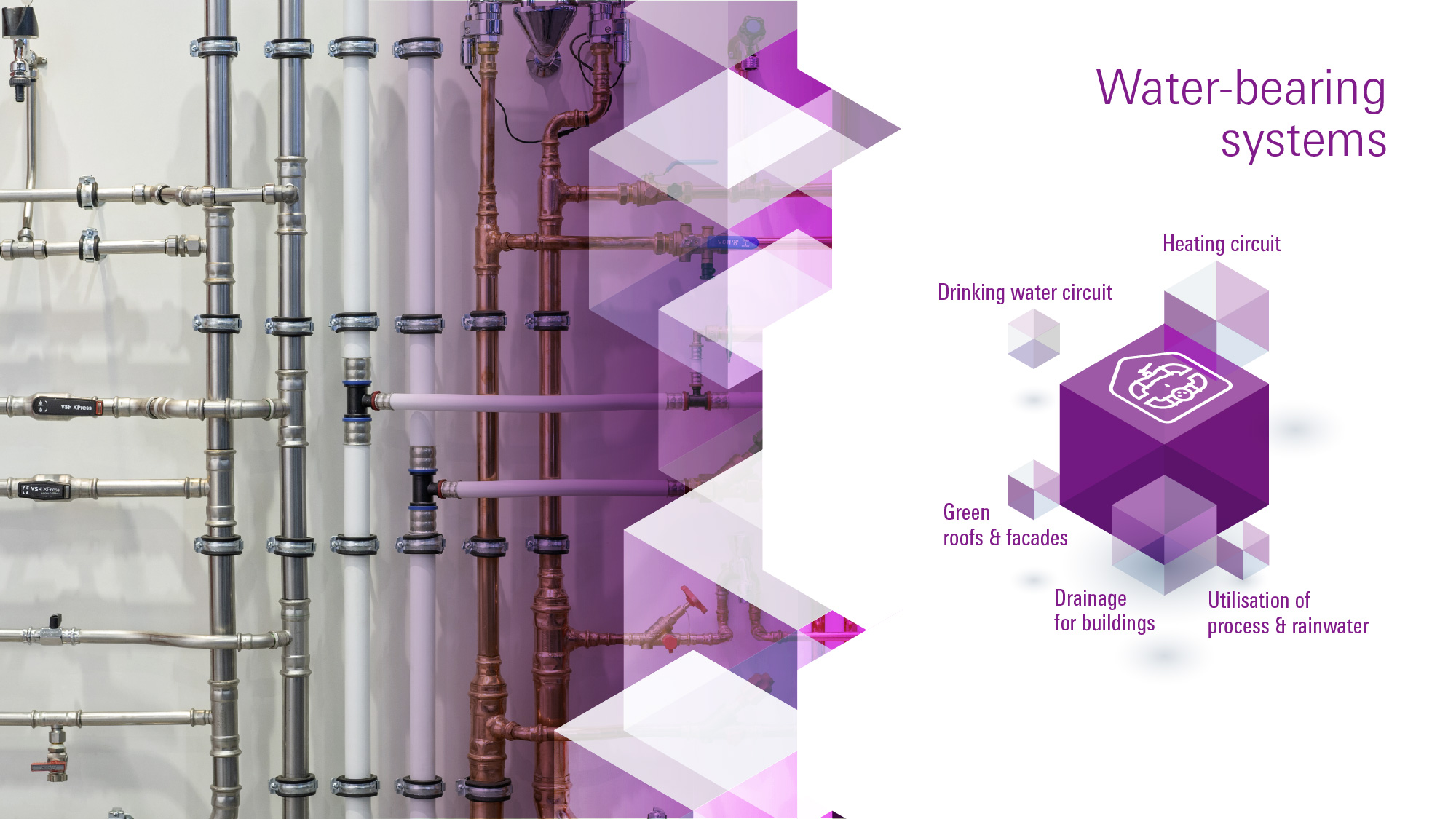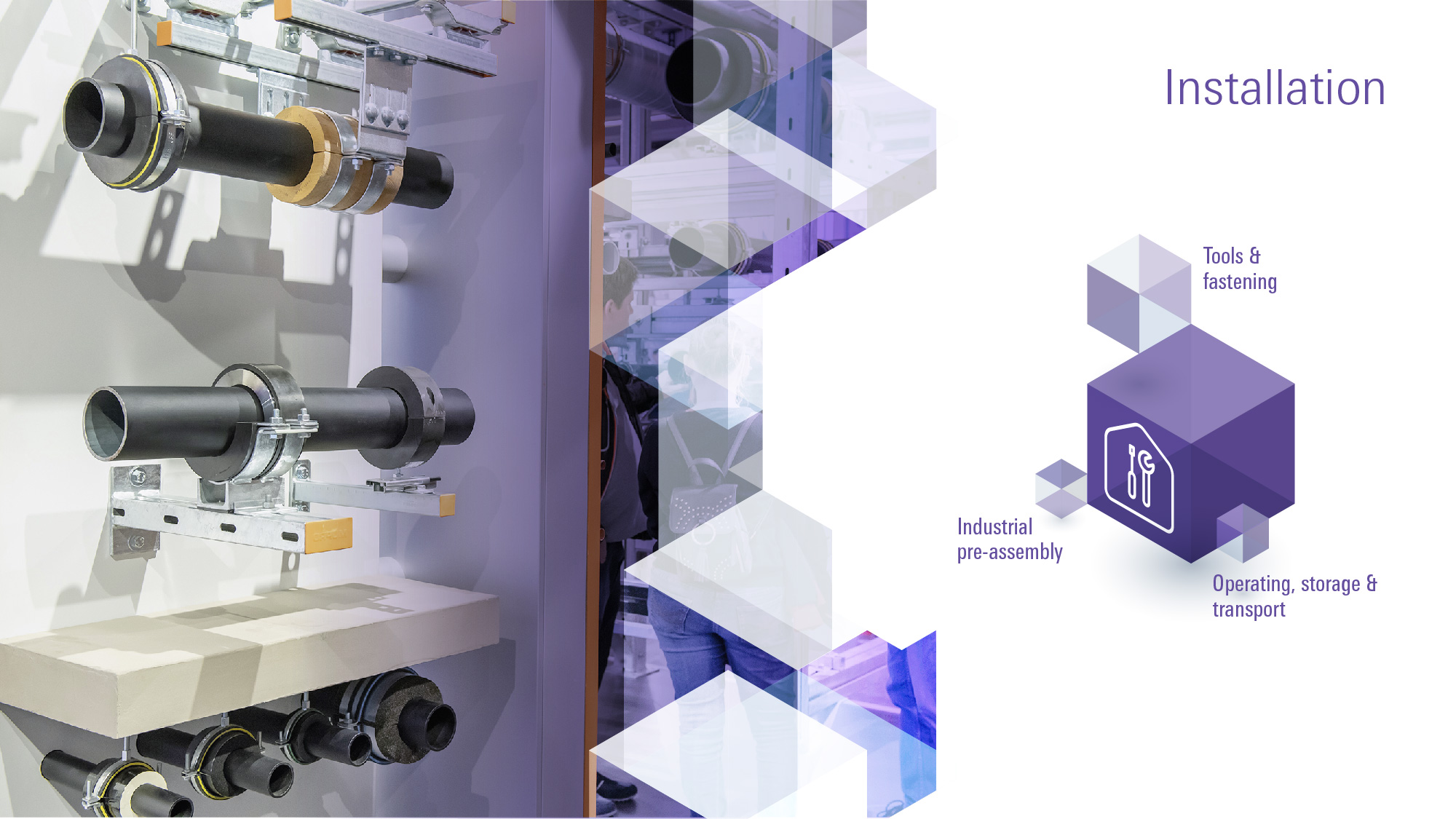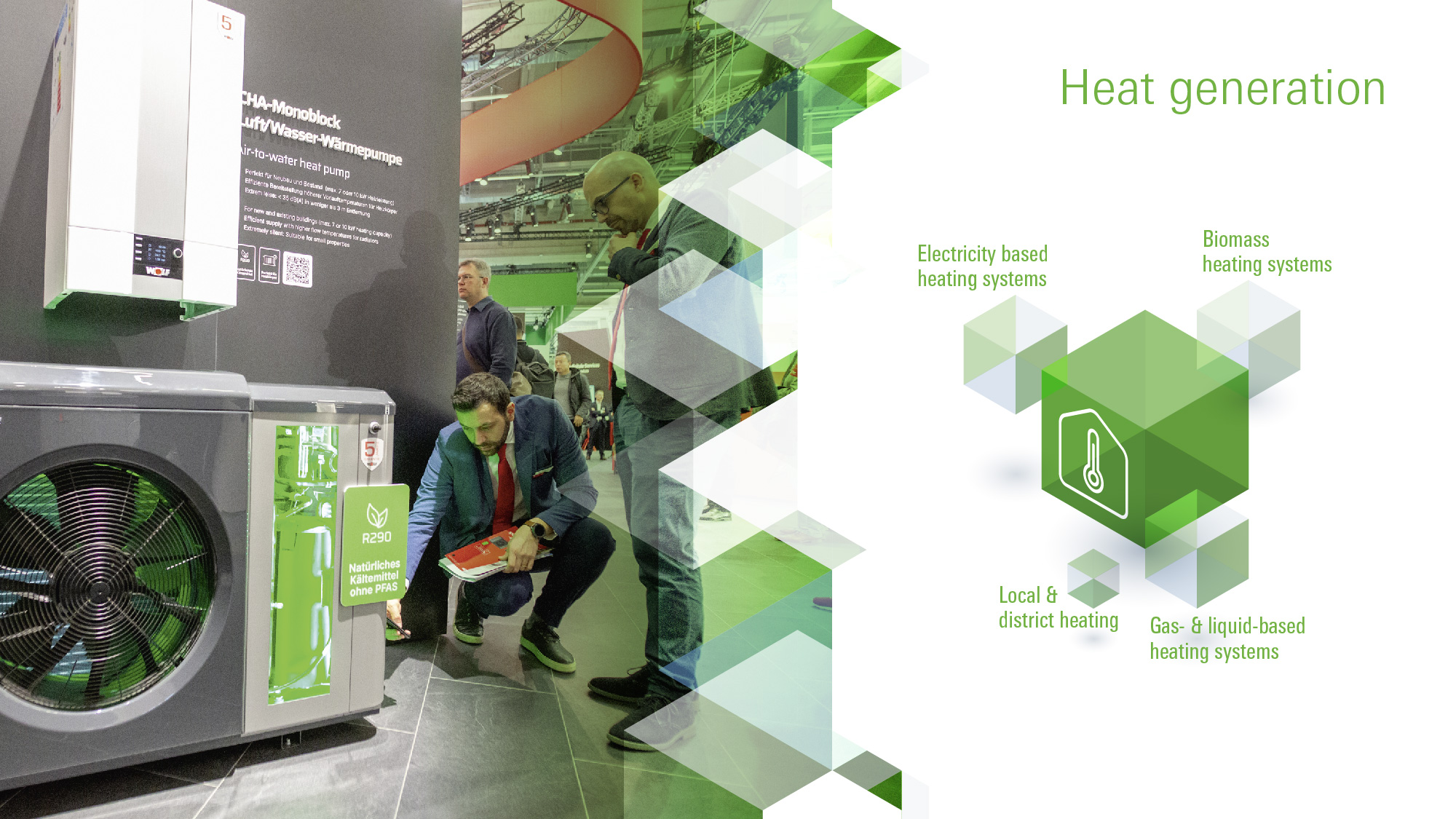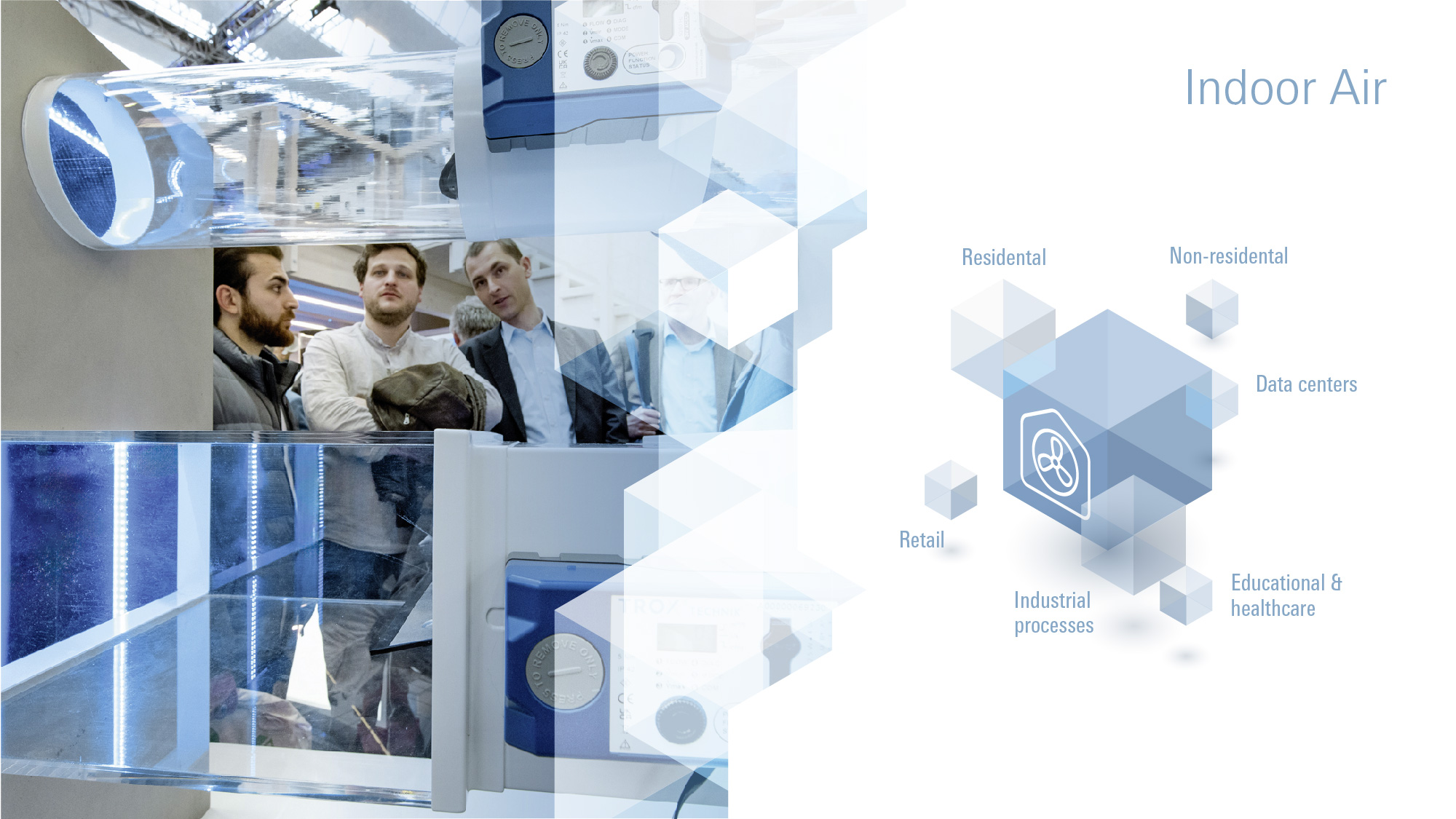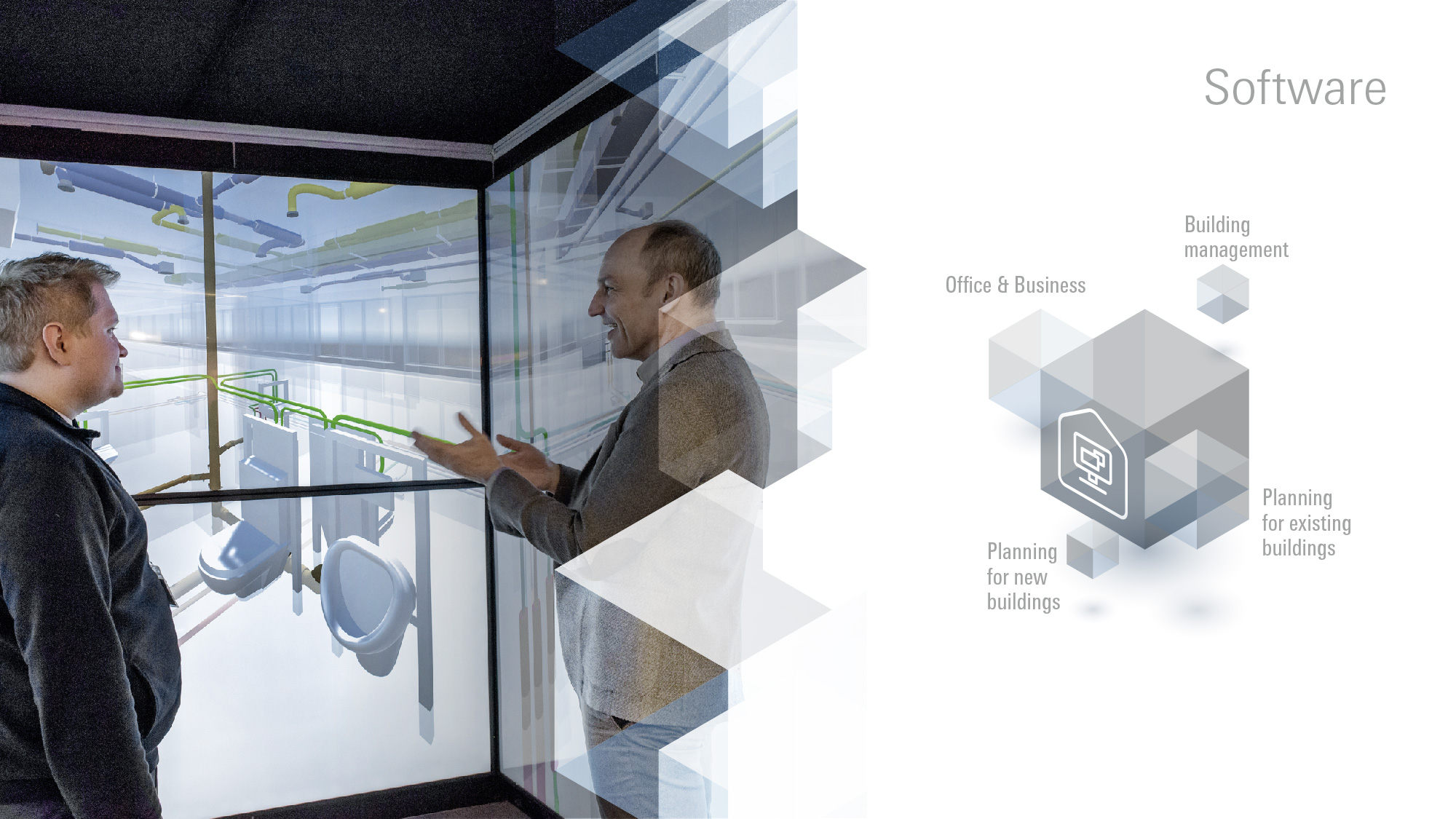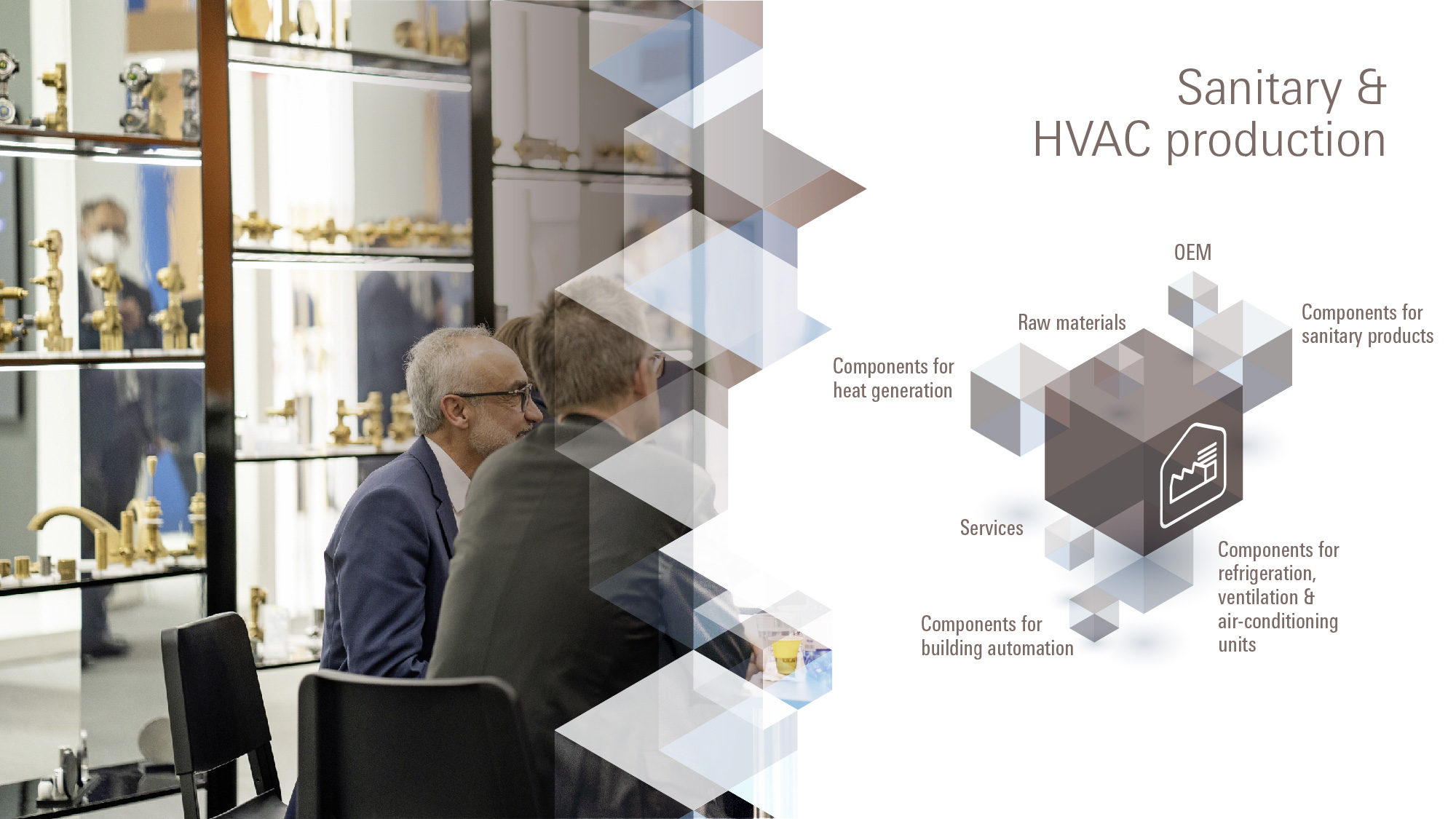Energy Efficiency, Living Comfort & Security
A central feature of intelligent building control is the networking of devices and systems within a building. This enables seamless communication between the individual systems of the technical building equipment. IoT (Internet of Things) and AI (artificial intelligence) also create intelligent environments that can adapt to the needs of the residents. A key element is the ability to control building functions from different locations. Intelligent building control also makes a significant contribution to energy efficiency.

Smart Home & Home Energy Management
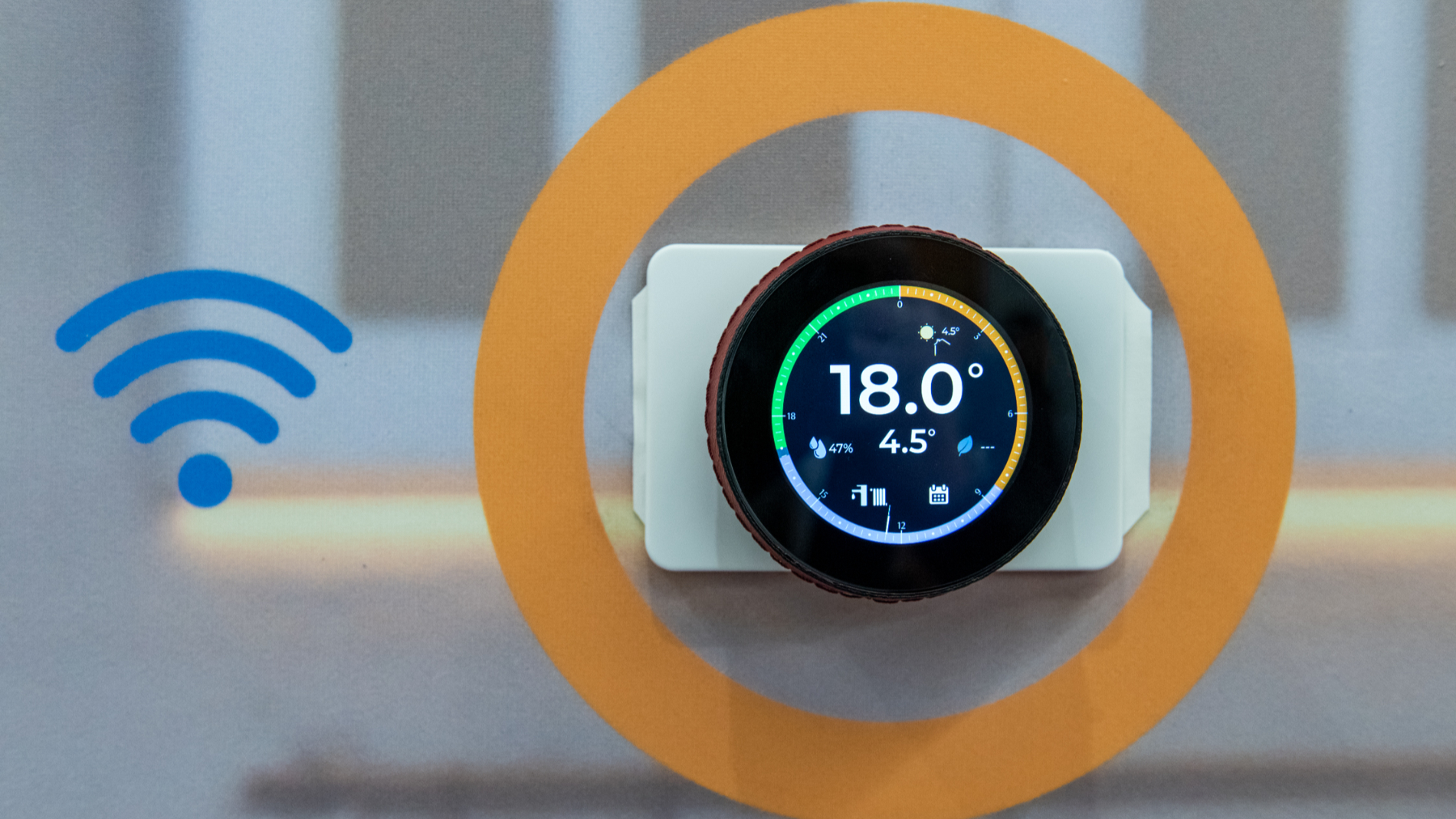
Smart home and home energy management (HEMS) are forward-looking systems that are already having a decisive influence on the way we organise the functions of our living spaces and use energy. A smart home system integrates various networked devices and systems that can communicate with each other to improve living comfort, security and energy efficiency. The basis of a smart home is often a home energy management system (HEMS) that monitors, controls and optimises energy consumption. For example, users can incorporate their own renewable energy sources such as solar panels to minimise the amount of energy drawn from the power grid. By analysing data in real time and intelligently controlling heating, ventilation, air conditioning, lighting and other consumers, HEMS can reduce energy consumption and therefore costs.
Building Automation
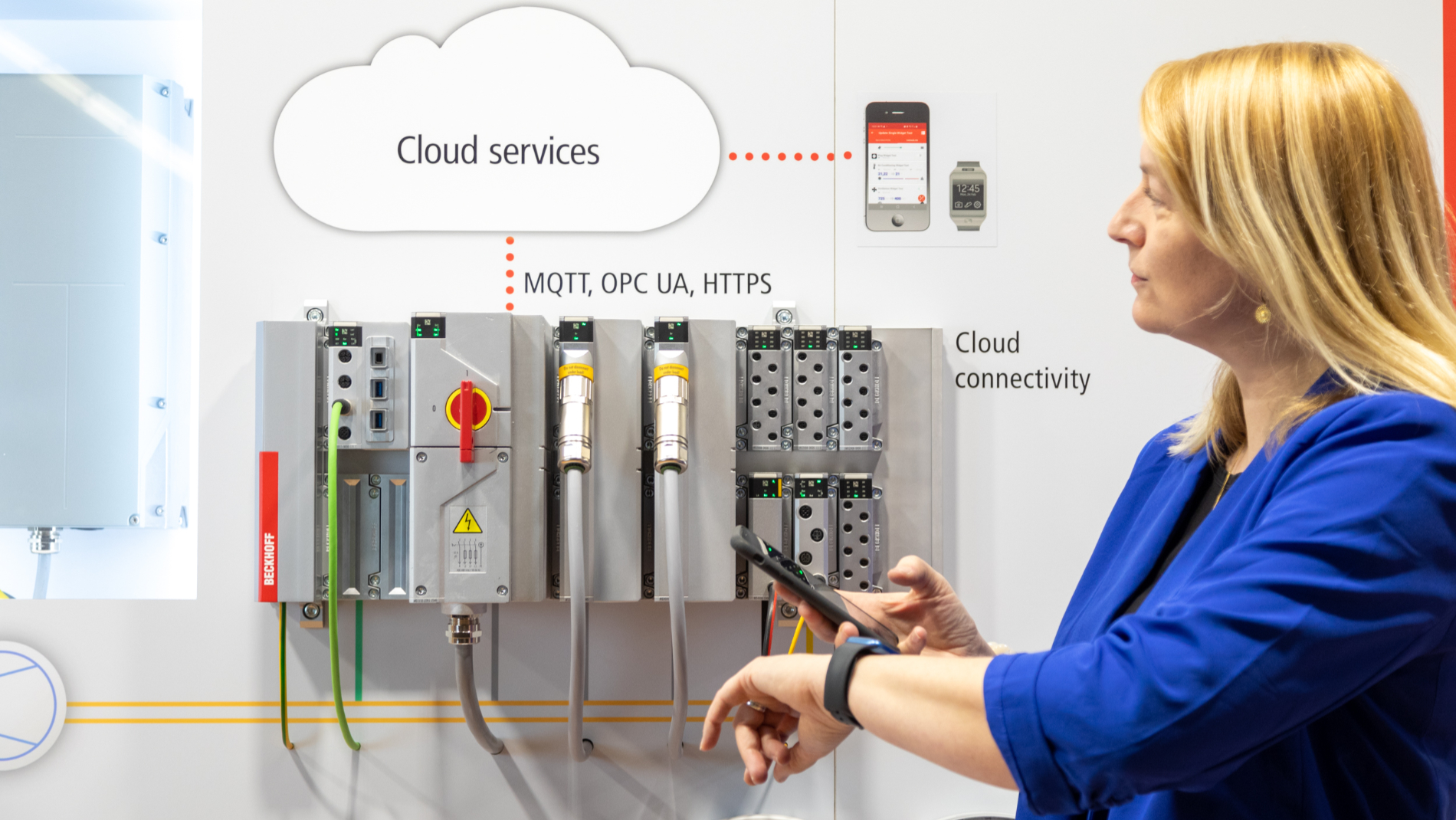
The aim of building automation is to make the operation of buildings more efficient, safer, more comfortable and more sustainable. Various technologies and systems are combined to enable integral control and monitoring of the building's connected technical equipment. This includes, for example, heating, air conditioning, security and access control systems through to energy and environmental management.
Building automation helps to optimise energy consumption. Intelligent control systems enable lighting, air conditioning and heating to be adjusted according to demand and allow renewable energy sources to be integrated. This not only leads to cost savings, but also to a reduction in the ecological footprint thanks to more efficient energy use.
Another aspect is the increase in comfort and user-friendliness. Residents or users of automated buildings can conveniently control various functions via mobile apps or intuitive control panels.
Building automation also supports the remote monitoring and control of building functions. This allows facility managers or building operators to monitor the condition and performance of the building from remote locations and make adjustments if necessary.
Energy Management
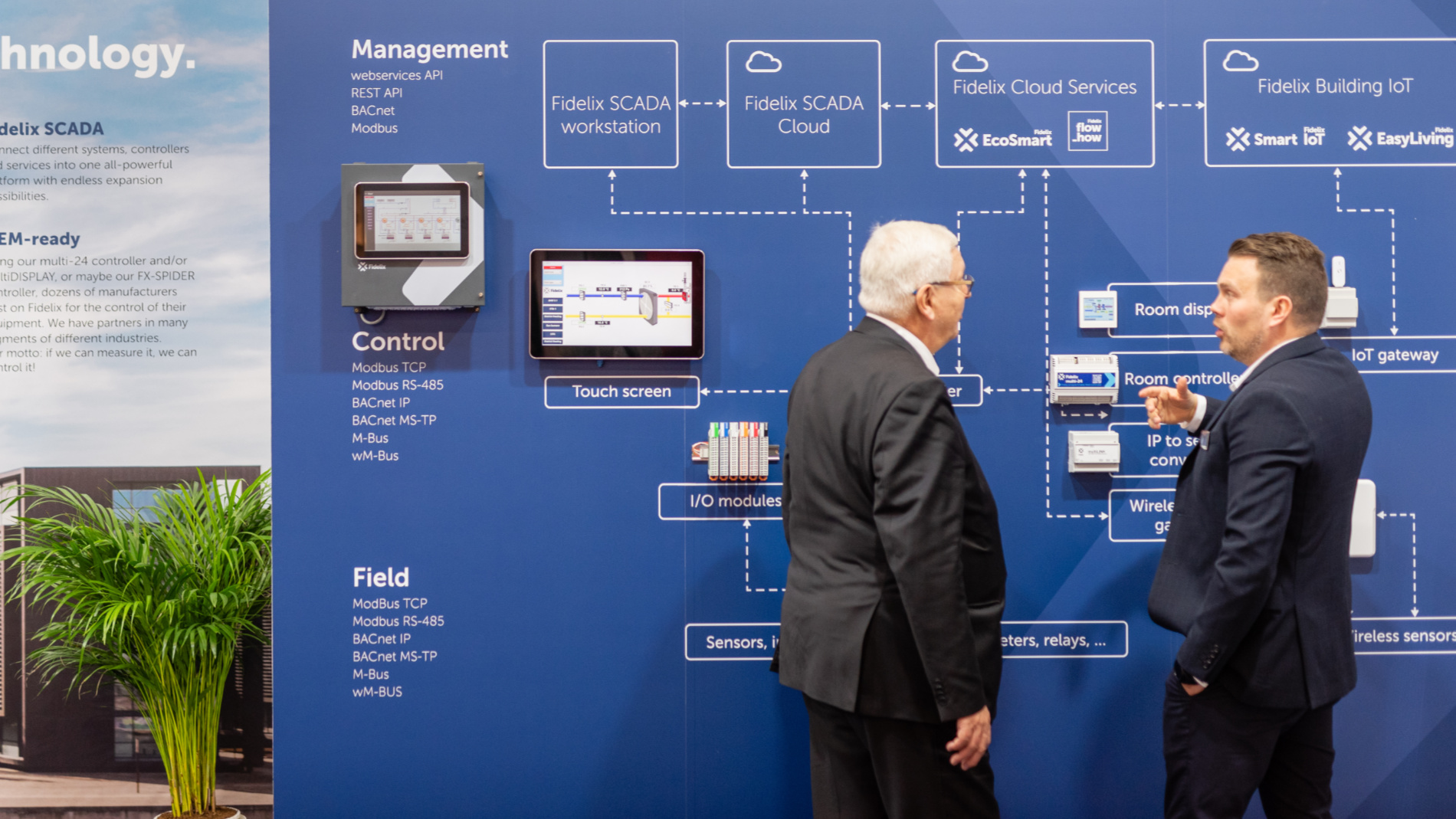
One of the main objectives of energy management in smart buildings is to reduce energy consumption. By automating heating, ventilation, air conditioning and lighting, energy consumption can be minimised based on real-time data and predefined parameters. Intelligent controls adapt to external conditions such as weather or user behaviour to ensure efficient use of energy sources.
The intelligent integration of renewable energies is a key requirement for energy management. The available contribution from photovoltaic systems, wind energy or other (in-house or external) sustainable energy sources can be analysed. The building operation can be adapted accordingly in order to minimise overall energy consumption and achieve sustainability targets.
Load management is another important objective within the energy management of intelligent buildings. The aim of monitoring and controlling energy flows is to avoid peak loads. On the one hand, this helps to stabilise the electricity grid and also enables the cost-efficient use of energy, particularly at times with variable tariffs.
The implementation of intelligent measurement and display systems makes energy consumption transparent to users in real time. This helps to identify potential energy savings and promotes more conscious user behaviour.
Maintenance
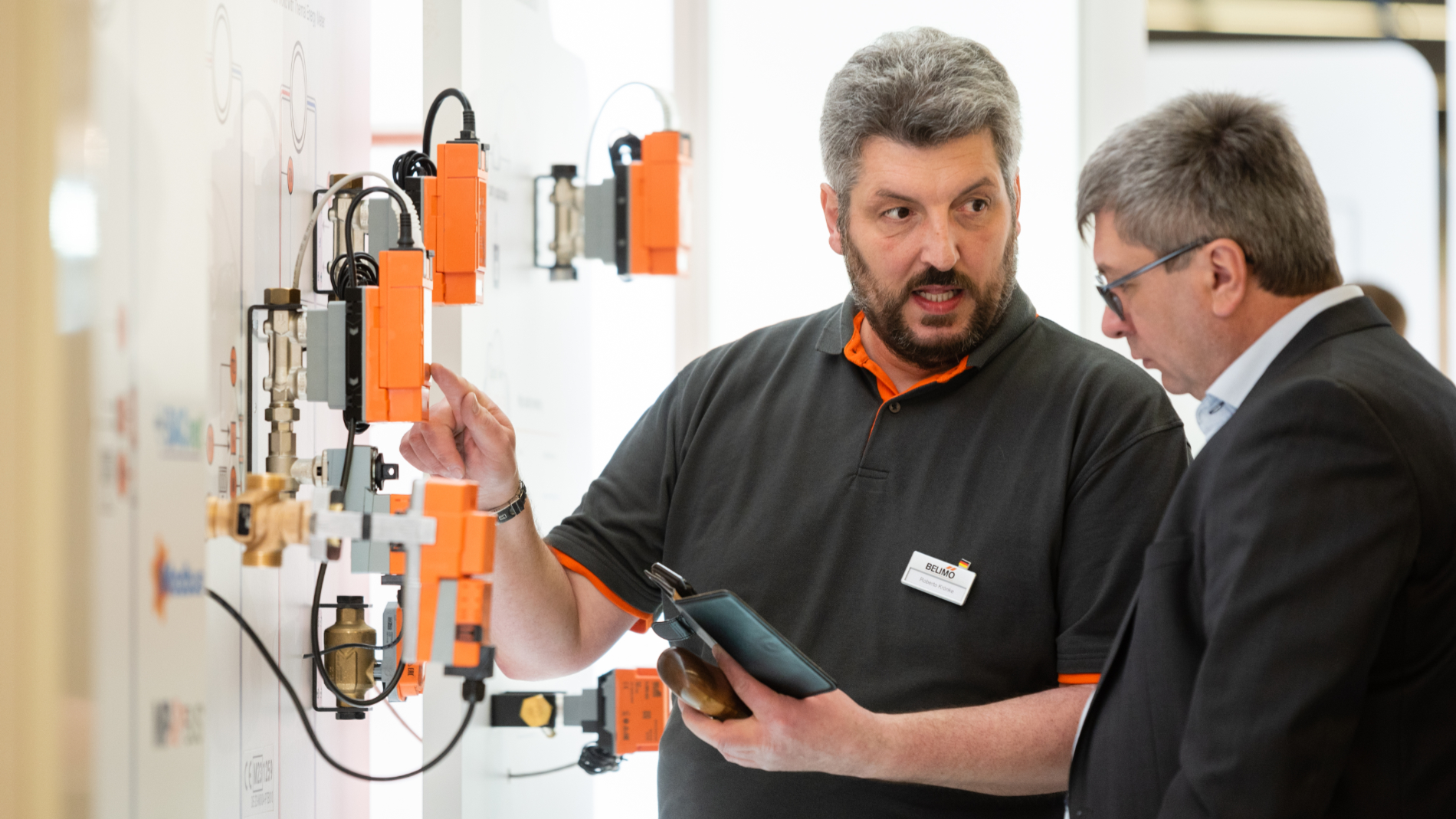
Intelligent building control systems combine various connected devices and technologies that require regular inspection and maintenance to ensure their optimum performance.
Physical inspection of hardware components is an essential part of maintenance. This includes sensors, actuators, interfaces and other devices that are integrated into the intelligent building control system. Checking for wear, damage or connection problems is important to prevent failures and ensure a long component life.
Another key element of maintenance is the regular updating of software and firmware. Manufacturers of intelligent building control systems regularly release updates to close security gaps, add new features and improve overall performance. Installing these updates is crucial to minimise potential vulnerabilities and increase the reliability of the entire system.
Monitoring the network infrastructure is another important aspect. A stable network connection is crucial for communication between the various system components. Identifying network problems, bandwidth bottlenecks or other technical challenges makes it possible to take action at an early stage to ensure system availability.
